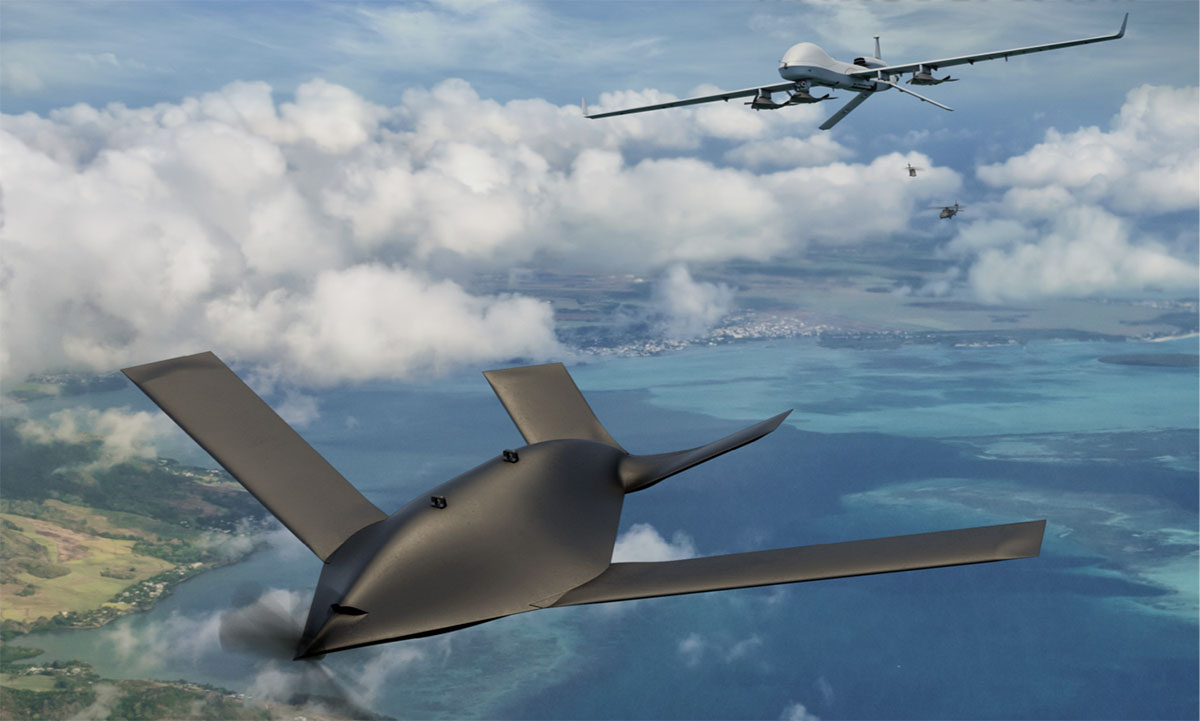Eaglet Performs First Flight from Gray Eagle Mothership
The original purpose of unmanned aircraft (UAS) was to protect human pilots from harm, but with UAS getting more advanced and expensive what happens when you want to protect your valuable UAS from harm? Put a smaller UAS on it of course! That’s precisely what General Atomics Aeronautical Systems (GA-ASI) intends to achieve with its new SUAS, the Eaglet. Air launched from a Gray Eagle mothership the Eaglet can fly into more dangerous airspace searching for air defense threats that could jeopardize the advanced Gray Eagle.

On 8 December 2022, the Eaglet performed its first test flight after being dropped from a US Army-owned Gray Eagle Extended Range (GE-ER). This test was conducted under the Army’s Air-Launched Effects (ALE) program which seeks to create small air-launched UAS to enhance the survivability and capabilities of its aviation fleet. This includes fixed-wing UAS like Gray Eagle but also rotary-wing aircraft and ground systems. In particular, ALE will be a critical capability for aircraft developed through the Future Vertical Lift program like the V-280.
The Army is seeking to procure ALE in two classes, ALE-Small and ALE-Large. Up to this point, the ALE-Small class has carried the program with the first air launch of an Altius-600 from a Blackhawk in 2018 and from a Gray Eagle in 2020. During the launch from Gray Eagle, it demonstrated the ability to maintain a connection from 70km away. This success led to its procurement by SOCOM in 2022 for $30 million.

Eventually, GA-ASI would like to control ALE from 200km, however, with only a 3kg payload the little Altius-600 has limited capabilities. ALE-Large like the Eaglet is intended to resolve this, bringing with it more advanced communication and ISR payloads. The key mission set across ALE is recon, decoy/jamming, strike, and communication relay. These missions have widely varying weight requirements so procuring both systems is ideal.

The trick with ALE-Large is that recovery can be difficult so increasing cost and capability must be weighed against expendability, though recovery isn’t out of the question. GA-ASI is also developing its Sparrowhawk SUAS which is launched from the larger MQ-9 platform. Once matured GA expects MQ-9 to be able to recover Sparrowhawk in flight using a cable and clamp, creating a sort of drone aircraft carrier.

